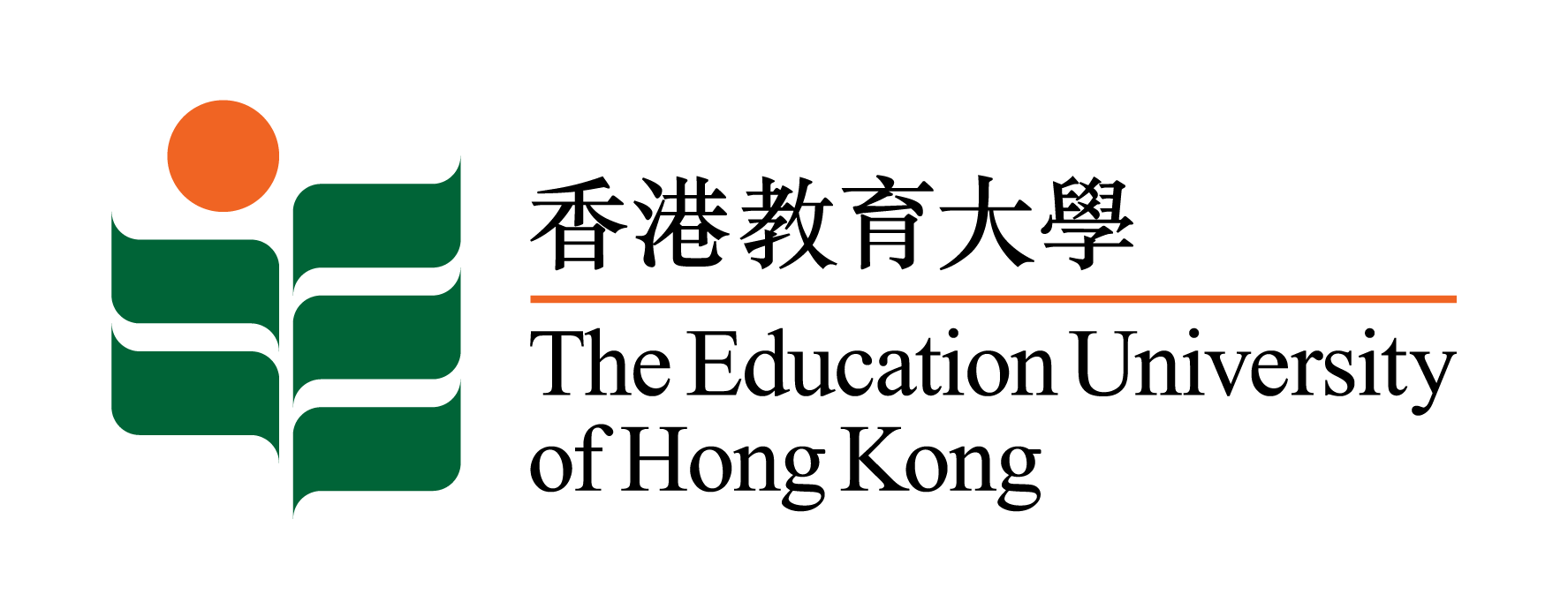Abstract:
There is a long history of using video for promoting reflective practices in higher education and its effectiveness is well-established. Video Annotation Tool (VAT) embedded in the digital video database is an emerging method to facilitate learners’ self-reflection through a systematic and in-depth approach to video analysis. This project aims to investigate how VAT can be applied by learners to enhance their reflective practices and communication competence of their own performance and to provide feedback for other learners at an online Video-based Learning Community (VBLC). Quantitative data will be collected through a self-administered questionnaire to review learners’ competence in communication of pre- and post-learning. Qualitative data will be collected with reference from the 4Rs model of reflective thinking framework developed by Ryan & Ryan (2010) to assess learners’ levels of reflection in the learning process. Focus group interview will be conducted to critically examine learners’ perspective and experience in using VAT in a collaborative learning environment. This project will propose a new pedagogical approach to promoting reflective engagement of learners and produce a set of teaching and assessment guidelines on reflective thinking. An archive of learners’ video of practice will be created for future classes to discuss effective communication skills.
Code:
T0192
Principal Project Supervisors:
Keywords provided by authors:
- Video Annotation Tool
- Video Analysis
- Reflective Practice
- Communication Competence and Collaborative Learning
Start Date:
01 Aug 2017
End Date:
31 Oct 2018
Status:
Completed
Result:
Students exposing to VAT peer comments in the Video-Based Learning Community (VBLC) developed by EdUHK could experience increase in their reflective thinking ability as well as communication competence over the two role-play practices. However, students tended to reflect upon their practices on a relatively descriptive level (level 1: Reporting and Responding; and level 2: Relating) and lacked in-depth analyses of their applications of skills/approaches (level 3: Reasoning; level 4: Reconstructing). Besides, focus group interviews revealed that VAT had the advantages of matching written comments with specific time segment in the video clips and alleviating the communication barriers usually encountered during face-to-face interaction. Further improvements of VAT on VBLC consisted of (1) the inclusion of additional VAT functions, including graphic effects (drawing a circle) on the screen in the specific time segment and (2) the continuous/dynamic display of the all video clip while popping up all the annotated comments amid the playing video clip.
Impact:
The present TDG project has several impacts on all EdUHK students, staff and even the academic scholars across the globe. First, this project demonstrated the effectiveness of using VAT for giving comments on promoting students' level of reflective thinking and communication competence. Second, 4-level assessment criteria for reflective thinking was developed which was adapted from Ryan and Ryan (2013)'s model for Teaching and Assessing Reflective Thinking (TARL). Course instructors in EdUHK can provide appropriate and step-by-step instructions on how to engage students in a reflective thinking process. Third, throughout this project, we developed a video-based learning pedagogy, which involves the interplay of traditional face-to-face classroom lesson, peer collaborative learning in a video-based environment, VAT and a guided framework of reflective thinking. Lat, we created the archives including video-recorded role-play practices of teacher-parents consultation skills, life coaching skills and micro-teaching which can provide good examples for future learning and teaching in EdUHK.
Deliverables:
Seminars/Presentations/Sharing Sessions
Shek, M. P. M. & Leung, K. C. C. (2019, March 4). Using Video Annotation Tool to Enhance Students’ Reflective Practice and Communication Competence through a Collaborative Learning Community. TDG Project Sharing Seminar conducted at The Education University of Hong Kong. (No. of participants: 28 EdUHK colleagues)
Shek, M. P. M. (2018, July). Using video annotation tool to enhance student-teachers’ reflective thinking and communication skills through a collaborative learning community. Paper presented at the 9th International Conference on Interdisciplinary Social Science Studies, Cambridge, United Kingdom.
Teaching and Learning Resources/ Materials (including online resources)
Shek, M. P. M. (2019). Using Video Annotation Tool to Enhance Students’ Reflective Practices and Communication Competence through a Collaborative Learning Community: A guidebook (Unpublished). The Education University of Hong Kong.
Financial Year:
2016-17
Type:
TDG
